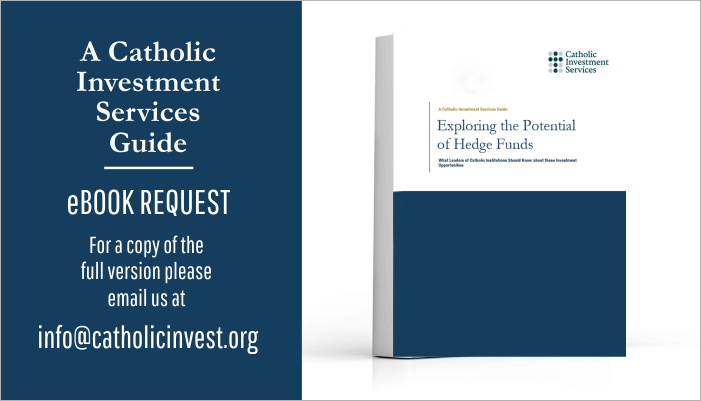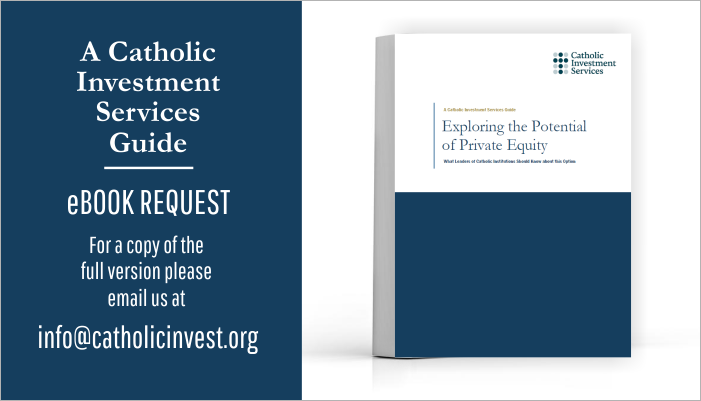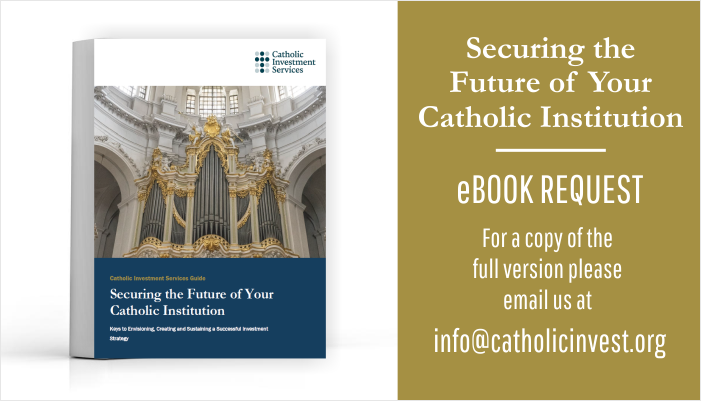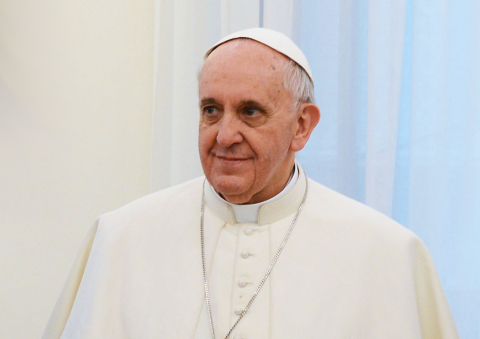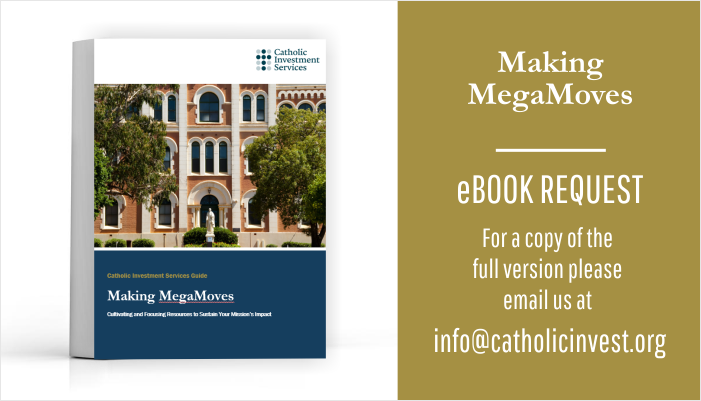
eBook: Making MegaMoves
Making MegaMoves Cultivating and Focusing Resources to Sustain Your Mission's Impact Introduction Across the country one sees the need for affordable housing, quality schools, edifying worship spaces and the spiritual and mental grounding that comes from an active faith life. Yet, one also witnesses the declining Catholicity in society as…



